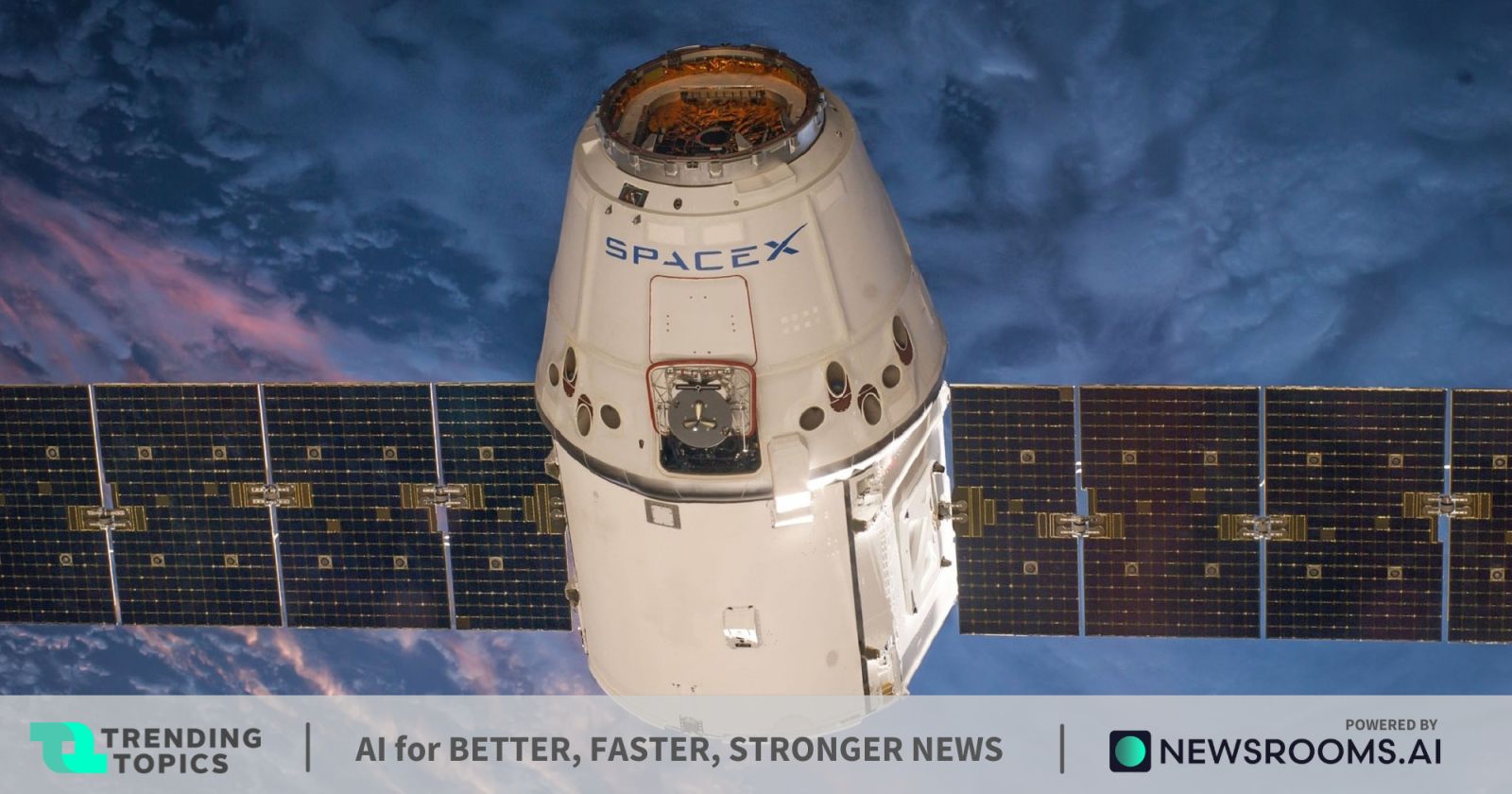
Connecting smartphones directly to Starlink starting in 2024
US space company SpaceX wants to bring commercially available smartphones directly online via Starlink satellites starting next year, it has been reported. Haze. From 2024 onwards, smartphones in the first few countries will be able to establish direct connections to satellites via LTE mobile connections and exchange text messages over an Internet connection. After a year, it will be possible to surf the Internet. Starlink will also support IoT devices. It will start in the United States of America, Canada, Japan, Australia, New Zealand and Switzerland.
SpaceX: Valuation expected to rise to $137 billion
SpaceX has its first contracts with service providers
SpaceX CEO Elon Musk revealed these plans a year ago, but few updates have been made in the meantime. Instead, and only a short time later, Apple introduced a function that allows iPhones in dead spots to make an emergency call or share their location via a satellite connection. Along with Qualcomm’s Bullitt Satellite Connect and Snapdragon Satellite, there are two other services that promise similar things. In addition, tests continued for several months using the giant BlueWalker 3 satellite, where standard smartphones were already able to surf the Internet as usual.
But now SpaceX wants to bring unmodified smartphones online through the next generation of Starlink satellites. These should only be started with the Falcon 9 interior. Initially, it was said that a giant Starship rocket would be needed for this purpose, but it is not yet ready for use. The space company already has contracts with providers in six countries, and only Swiss company Salt Mobile is included for mobile services from Europe.
GATE Space: “Moving to the USA does not mean that we are leaving Austria”
“Direct to Cell” aims to expand the customer base
The new Starlink Internet smartphone offering is called “Direct to Cell” and is intended to significantly expand the provider’s customer base. Starlink currently requires an antenna costing over €400 to establish the connection to the satellites. This technology is primarily aimed at people who live far from broadband connections and need a fast and reliable Internet connection on a permanent basis. Direct to Cell, on the other hand, is mainly intended to help remove dead spots. There’s no information on pricing yet, but the data rate should initially be only 2-4 Mbit/s. Smartphones will also need a clear line of sight to the sky.

“Coffee trailblazer. Social media ninja. Unapologetic web guru. Friendly music fan. Alcohol fanatic.”
